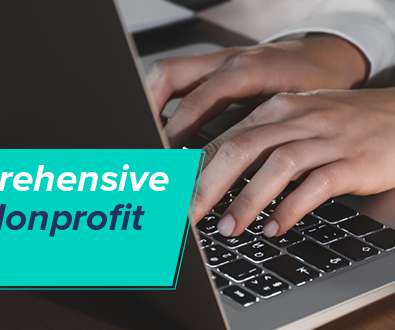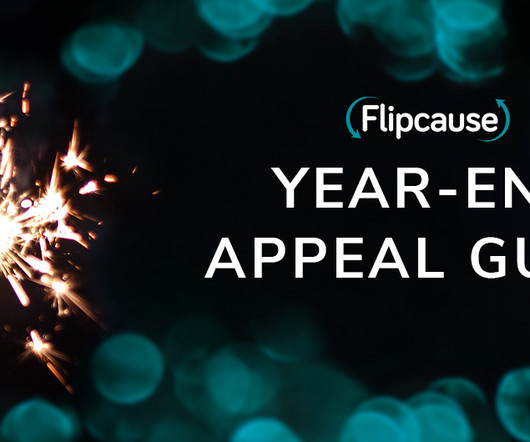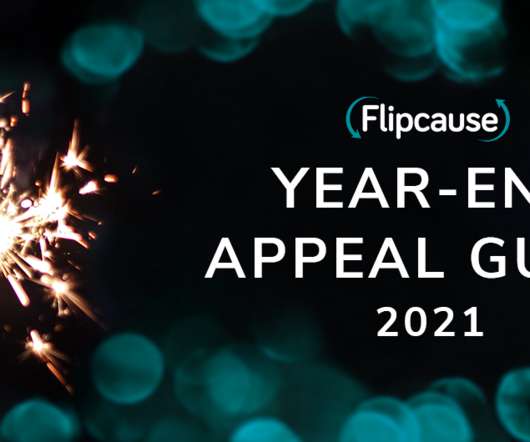Beyond the Newest Philanthropy Buzzword: Knowledge Work Is Core to Equitable Change
sgEngage
DECEMBER 18, 2023
Essence of knowledge After more than two decades in the knowledge field—located at various times in community program evaluation, academia and philanthropy—I have come to the conclusion that our biggest problem in maximizing knowledge work is that we too often conflate knowledge with learning. Learning, we do naturally. Data is a decision.

























Let's personalize your content